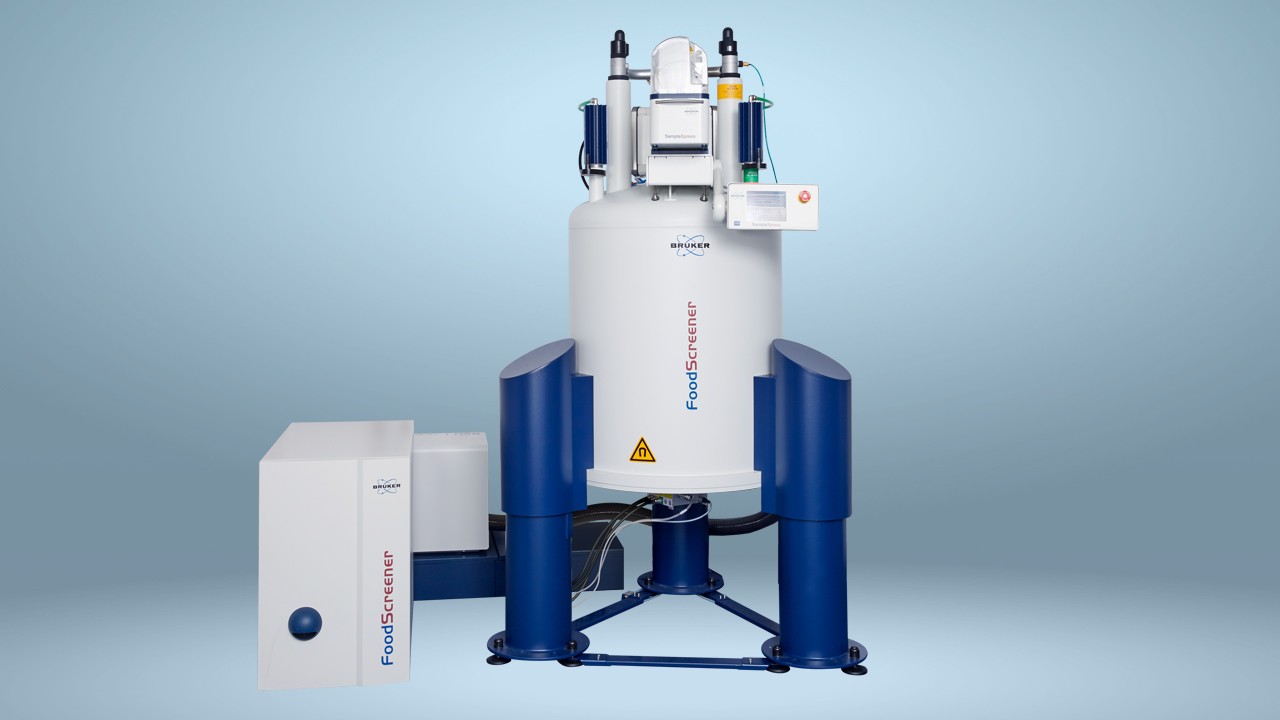

An Omics Approach to Food Science
For two years now the existence of a new science has been acknowledged – namely Food-omics, a science that is helping define particular foodstuff from a broader point of view.
It is not enough anymore to know the composition of macro nutrients nor to go through the details of just a few components. In order to study the production of new foodstuffs, by focusing on its healthy properties or characterize existing foods from a similar perspective, especially those whose origin and denomination are protected or belong to a legal discipline, there is a need for new detailed definitions based on the new science of Food-omics.
Actually during recent years, two Foodomics international conferences have been successfully organized.
Foodomics, as a science, uses genomics, proteomics and metabonomics data to determine the foodstuff molecular profile for studying it in a holistic way. Different platforms can be used to investigate the metabolites’ profile, such as GC-MS and LC-MS, but thanks to modern ADC’s the use of NMR has several advantages. It is reproducible, it has an easier sample preparation and, even if less sensitive than other techniques, thanks to the dynamic range NMR supplies detailed and reliable information on the molecular composition of the biological material observed, completely resuming the metabonomic status of a biological living system.
The laboratories currently undertaking Food profile analysis in Europe are small in number. In Italy the first lab, which is also developing data analysis tools and was actually inaugurated with Bruker Italia, was the Cesena Food Campus, established when new NMR systems were installed. Its configuration includes 600 MHz UltraShield Plus Magnets – because their reduced stray fields need less space, a Broadband Inverse probe, the BBI – equipped with an automated tuning and matching device (ATM) delivering a wide tuning range, a BACS sample changer for optimum automation, a High Resolution Magic Angle Spinning (HR MAS) probe for analyzing intact biological tissue samples and a BCU – a control temperature tool needed to reproduce the experimental conditions for metabonomic studies.
The Cesena laboratory research group has been working in Food science investigation for some years now, and with lower performance systems than the one installed now, has published several scientific articles focused on food quality comparisons, applied with no prior knowledge of the sample composition.
Food is a highly complex mixture, and with such complexity the analyte preselection can make you doubt that you made the right choice or that you have applied the best extraction method. In fact the choice of a particular component or method could emphasis some characteristics more than others that may be more important to the food-human interaction point of view and the health perspective. From this viewpoint the foodstuff is considered as something that can prevent diseases. This is why we are hearing about personalized diets, but those diets are not for individuals but addressed to categories of people. This is why we need a double definition.
From one side we need to define to which category a person belongs, which means dealing with a so-called metabotype, which presumes the genotype and the environmental and life style effects in it.
The metabotype concept has been studied and defined by S. Rezzi at Nestlè and C. Luchinat at CERM, and is a kind of metabolic phenotype determined by NMR.
But we cannot accurately define human categories and be imprecise in foodstuff definition at the same time. For this reason, on the other side we need a very detailed database to help us characterize foodstuffs.
The database could be a list of selected molecules already existing in nature or whose health properties are already well known. But this implies that we must know everything about what the foodstuff contains.
There are techniques that cannot identify the components but can track them in a constant way. For instance, an HPLC can be used, but from one experiment to another there is no certainty to always attribute a particular peak to the same molecule, independent of the laboratory, the timing of the experiment or the preparation done.
When working with the NMR, if the pH and temperature condition and the paramagnetic metals presence remain the same, we know that that molecule at that experimental condition has constant patterns of chemical shift, connected to signal presence and we have univocal evidence. This is the peculiarity of NMR
This is why we are using NMR spectra as the molecular fingerprint for foods.
Obviously we work on organic, lipophilic or aqueous extraction in order to obtain the most complete profile. And we work in solution. We can also work in HR MAS, even if, in some cases, it cannot be perfectly reproduced and the quantification can be less precise.
Another way is to work on sovramolecular matrix structures. To do that we have a time domain NMR – NMR low resolution Bruker minispec – which enables us to obtain information on water and matrix, a critical component in foodstuff analysis. With this option we can define the macroscopic aspects of foods.
The studies we are doing in our Cesena laboratory are more and more oriented towards the healthy properties of foodstuff. For example we have done a scientific work on digestion and we are using NMR for digestibility evaluation of foodstuffs (in the press – Magnetic Resonance in Chemistry1)
NMR is also used in OGM evaluation (see articles on JAFC2), and there are reference NMR studies on fish quality (see articles on FoodChem3 and on Nutrients4).
*Associate Professor of General and Inorganic Chemistry Bio-inorganic Chemistry, Food Science Department, Bologna University, Cesena Food Campus didactic pole
References:
- onlinelibrary.wiley.com/journal/10.1002/%28ISSN%291097-458Xa
- pubs.acs.org/doi/abs/10.1021/jf2020717
- dx.doi.org/10.1016/j.foodchem.2009.10.071
- www.mdpi.com/2072-6643/3/2/212
UPDATE: Prof. Capozzi at the Cesena Food Campus has provided sebastianstarke.com/bruker with an very informative supporting video – available now.


